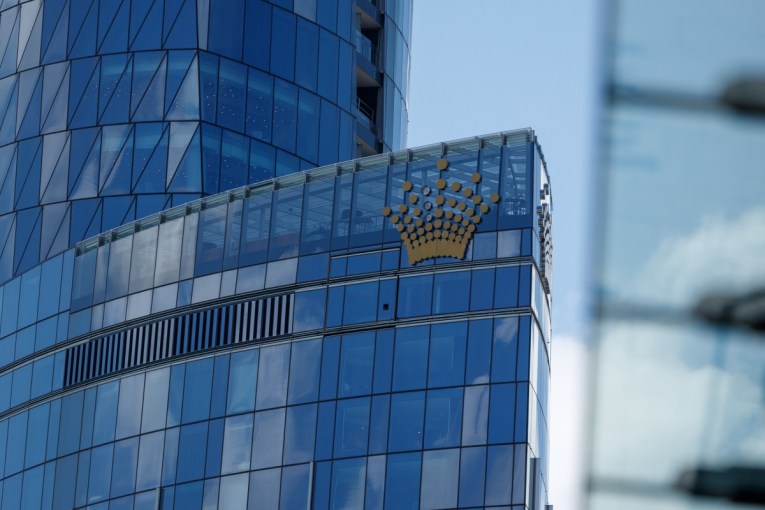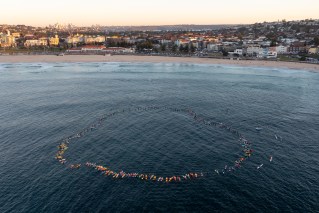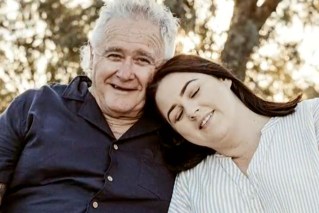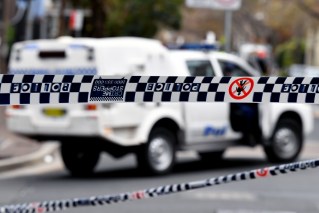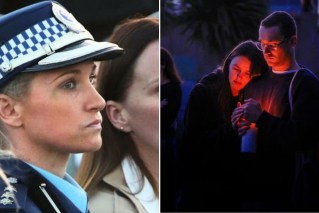Exhaust gas behind Sydney seaplane crash
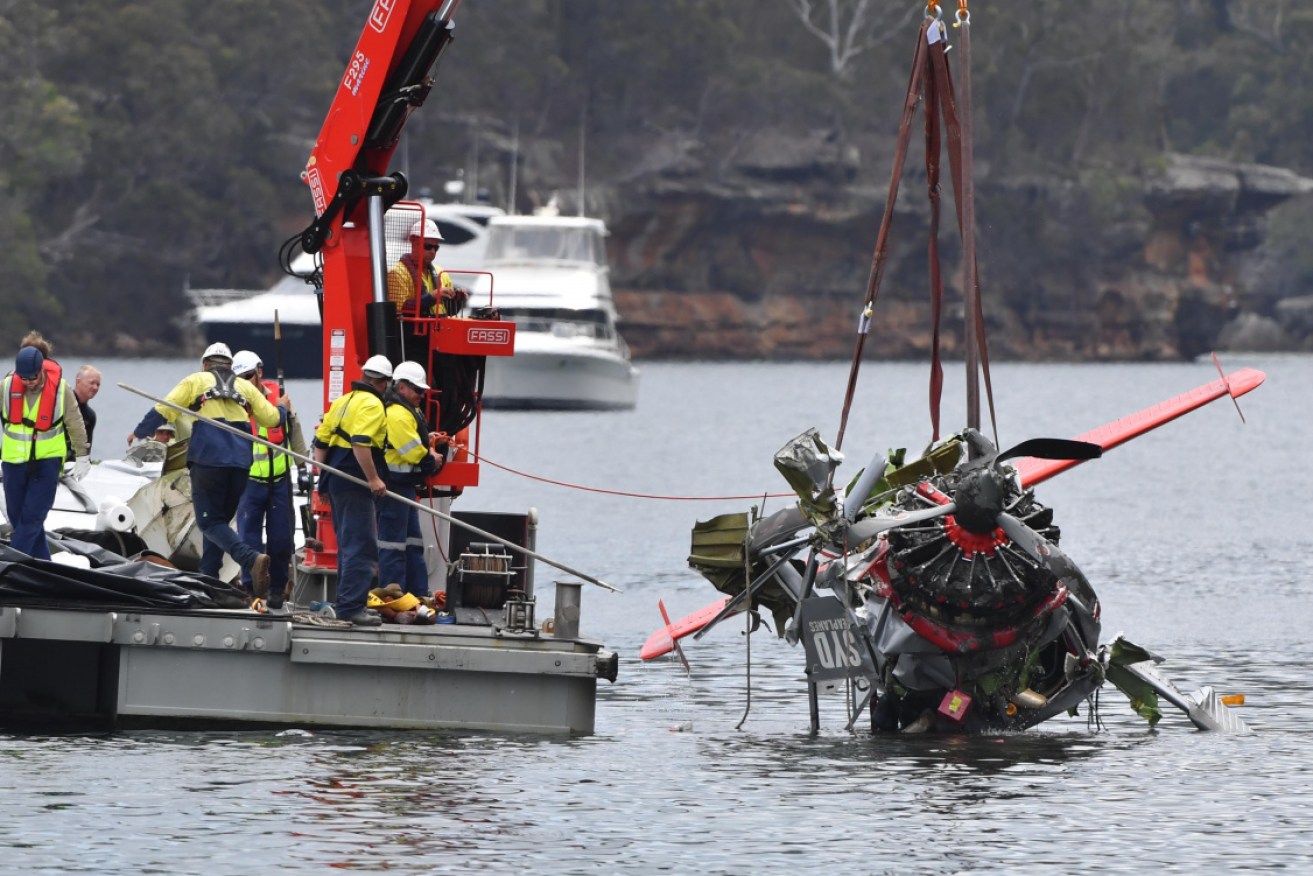
NSW police and salvage personnel recover the wreckage of the seaplane in 2018. Photo: AAP
A pilot was confused, disoriented and affected by poisonous exhaust gas in the moments before his seaplane plunged into a Sydney river, killing all six on board, an investigation has confirmed.
Gareth Morgan, 44, died when his aircraft crashed into Jerusalem Bay on the Hawkesbury River shortly after take-off during a New Year’s Eve joy ride in 2017.
The chief executive of catering giant Compass, Richard Cousins, his two adult sons, his fiancee and her 11-year-old daughter were also killed.
The plane was operated by Sydney Seaplanes, which has been providing flights around the city’s tourist sites for 80 years.
The family was on holiday from Britain and returning to Sydney after dining at a restaurant on the Hawkesbury when the single-engine 1964 DHC-2 Beaver seaplane crashed.

One of the seaplane’s wings is recovered. Photo: AAP
The plane made an unexpected, sharp right turn before its nose dropped and it pitched into the water, sinking 13 metres below the surface.
After a three-year investigation hampered by the plane’s lack of a recording device, the Australian Transport Safety Bureau on Friday confirmed in its final incident report that exhaust gas leaked into the cabin, poisoning the pilot and passengers with carbon monoxide.
It reinforces an earlier update on the investigation in July 2020.
Exposure to carbon monoxide replaces the oxygen in the blood and can lead to tiredness, shortness of breath, confusion and death.
The pilot, who had taxied for 27 minutes before collecting passengers, had elevated levels of carboxyhaemoglobin in his blood when he died, a toxicology report found.
The other passengers also had heightened levels of the compound.
This was almost certainly due to carbon monoxide leaking into the engine bay and then through three bolt holes into the cabin, the ATSB concluded.
“The pilot would have almost certainly experienced effects such as confusion, visual disturbance and disorientation,” ATSB Chief Commissioner Greg Hood said in a statement.
“This investigation report release will bring the families of those lost in this tragic accident a greater sense of understanding of the circumstances of the loss of their loved ones.”
The accident may have been prevented if the pilot had access to a carbon monoxide detector to alert him to dangerous gas levels before he became affected.
The ATSB has written to the Civil Aviation Safety Authority to consider mandating the device for all aircraft.
The 11-year-old girl’s father received approval from the NSW Supreme Court in October 2020 to continue his lawsuit against Sydney Seaplanes over the accident.
Sydney Seaplanes has since installed audible and visual CO warning systems on their planes.
The report identified the “root cause” of the accident as inadequate maintenance.
“Apart from daily inspections, all maintenance was conducted by an external CASA-approved maintenance organisation,” it read.
A Sydney Seaplanes spokesman said he hoped the report would prompt the maintenance company to accept responsibility for the accident.
“All commercial airlines in Australia are required to use a CASA-certified maintenance organisation and we placed our trust in [a company],” he said.
“This report confirms that [the company] failed in its most basic and important responsibilities … this is incredibly disappointing and we expect [the company] to now acknowledge and accept responsibility for the accident.”
-AAP
